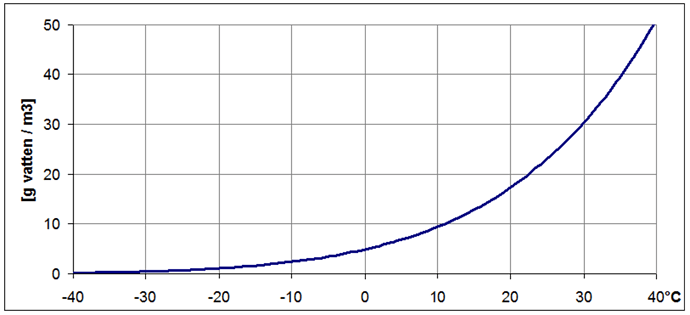We have a summer house (50 sqm) on an island in the Gothenburg archipelago in Sweden. We don’t live in the house during the six coldest winter months. To avoid mould, we have basic heating these months (+12 degrees Celsius). The house is heated by electric elements with a thermostat. All other electrical equipment is switched off except for a fan which ventilates the house. We have wall vents in the bedroom and living room. The fan sucks air via the bathroom’s dry toilet. The house has an open floor plan.
Our dilemma right now is that the electricity price will double 4-5 times as of this winter. I am in the process of investigating whether it pays to install an air-to-air heat pump or not. This will only be switched on during these six months when the rest of the time there is no need for heating.
I have tried to obtain data on a number of pumps on my own. The only thing delivered is data for SCOP. I need data on COP (at low indoor temperatures). The dealers say they cannot supply this type of data, even though the pumps can be set from +10-35 degrees indoor temperature. I then turned directly to the suppliers, i.a. large Japanese supplier which give the same answer. They claim they have no data because they are not the ones measuring the COP of the pumps!!
While searching the Internet, I found your site. It seems that several of you have a high level of knowledge regarding heat pumps. I am therefore making an attempt to get some help in my investigation. With any luck, someone has a similar application.
When it comes to this type of pump, I have understood that it is important to keep a constant flow in the pump. The lower the flow, the higher the efficiency. After all, defrosting is a problem that must be minimized.
Perhaps it is not smart to set a fixed indoor temp of, for example, +10 Celsius, but let the pump vary the inside temperature depending on the outside temperature in order to maintain a constant low flow. As long as the indoor temp does not go below + 5 C, there is no risk of freezing. If the efficiency is much higher, it doesn’t matter if the indoor temperature is a little higher at certain times.
I am attaching data of last year’s power consumption & outdoor temp (daily average value) for the current months.
October, 496 kWh, 11.5 Celsius
November, 417, 7C
December, 894, 2C
January, 603, 4C
February, 502, 4C
March, 552, 4C
Jan P
